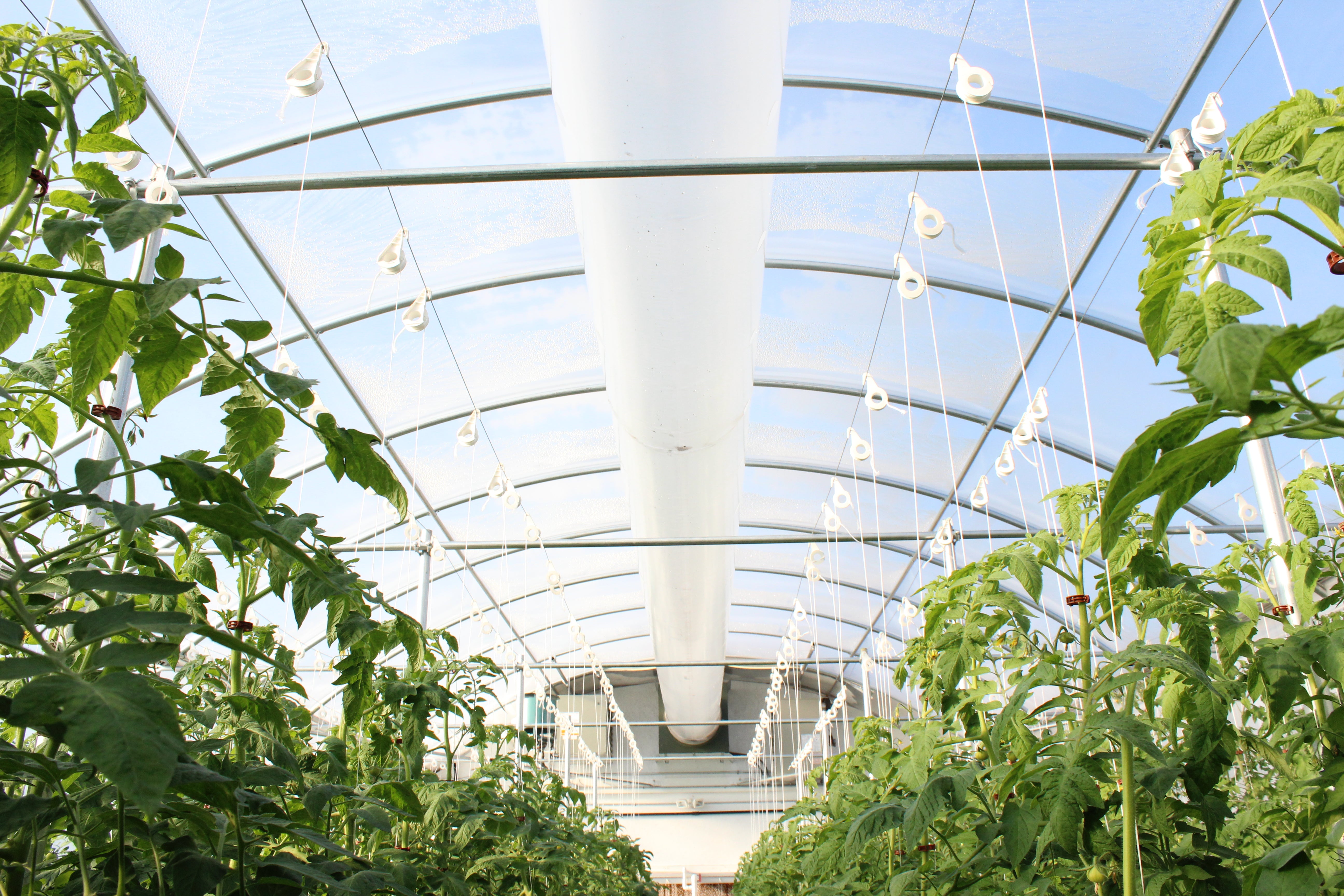Colin Clark, Technical Horticulturist

Having a firm understanding of what is going into your plants and what is coming out of your plants is one of the most powerful, practical, yet often overlooked tools that can be used to achieving a healthy harvest. With this knowledge you can diagnose, treat and understand plant health issues often days before plant symptoms arrive. You can also fine tune your water and nutrient management to be as economically and ecologically responsible as possible.
What is leachate?
Leachate, aka runoff, is the nutrient solution that passes through your plant either to a drain or to be recirculated. Understanding the properties of your leachate and what it means to plant health is crucial.
What to test for?
1. EC
2. pH
3. Volume
Testing EC
Testing your EC leachate will tell you what your plants are taking up or leaving behind. You want your leachate to have a similar EC to that of your incoming feed solution, this means the plants are in balance and properly taking up nutrients. If your EC is much lower in your leachate than in your feed solution than your plants are not getting enough nutrients and run the risk of deficiency symptoms. If your EC is much higher in your leachate than your feed solution then you are over feeding and your plants run the risk of toxicity.
Example #1
Incoming EC = 1.8
Leachate EC = 2.5
Summary: You are feeding too much. Salt buildup and toxicity could be right around the corner. Lower your EC.
Example #2
Incoming EC = 2.0
Leachate EC = 1.8. – 2.2
Summary: This is fine. You are right within acceptable values and your crop should be looking good.
Example #3
Incoming EC = 2.0
Leachate EC = 1.1
Summary: Your plants are being underfed. Signs of deficiency may start to show on your plants. Raise EC.
Testing pH
Testing pH in your leachate will give you an idea of the health of your root zone. This measurement is not specific rather can just give you a heads up on any potential problems. A pH reading in your leachate varying more than 1.0 point from incoming feed solution causes a concern. Overfeeding will cause a nutrient buildup in your media which can create an acidic environment. Root disease and other issues will also cause a fluctuation in leachate pH.
Example #1
Incoming pH = 5.8
Leachate pH = 4.3
Summary: There is a problem with your plant root zone. Check your EC leachate readings and overall EC, if you can confirm that nutrients are not causing this issue, then check for disease symptoms.
Example #2
Incoming pH = 5.8
Leachate pH = 5.1-6.5
Summary: Everything is good in this range.
Example #3
Incoming pH = 5.8
Leachate pH = 7.2
Summary: There is a problem with your plant root zone. Check your EC leachate readings and overall EC, if you can confirm that nutrients are not causing this issue, then check for disease symptoms.
Testing Volume
Testing your volume of leachate will help you dial in your waterings for more efficient water usage. As a general rule of thumb you want to aim for around 10-20% leachate every watering. Under 10% you will be at risk of nutrient salt build up in the root zone leading to nutrient lockout, acidification of the root zone and other plant health problems. Over 20% you will be wasting valuable nutrient solution.
Example #1
Incoming volume = 4,000ml
Leachate volume = 400ml
Summary: This is spot on. 10% leachate.
Example #2
Incoming volume = 4,000ml
Leachate volume = 100ml
Summary: Leachate is too low. Be aware of nutrient lockout, salt build up and general plant stress. Increase watering volume to raise leachate volume.
Example #3
Incoming volume = 4,000ml
Leachate volume = 2,000ml
Summary: Too much leachate. You are wasting excess nutrients and water. Lower incoming water volume.
